When exploring the animal kingdom, some mammals stand out due to their extraordinary and unusual characteristics. These unique features often seem otherworldly, fascinating biologists and nature enthusiasts alike. Here are some of the most peculiar mammals, each with their own distinct traits.
Aye-Aye (Daubentonia madagascariensis)
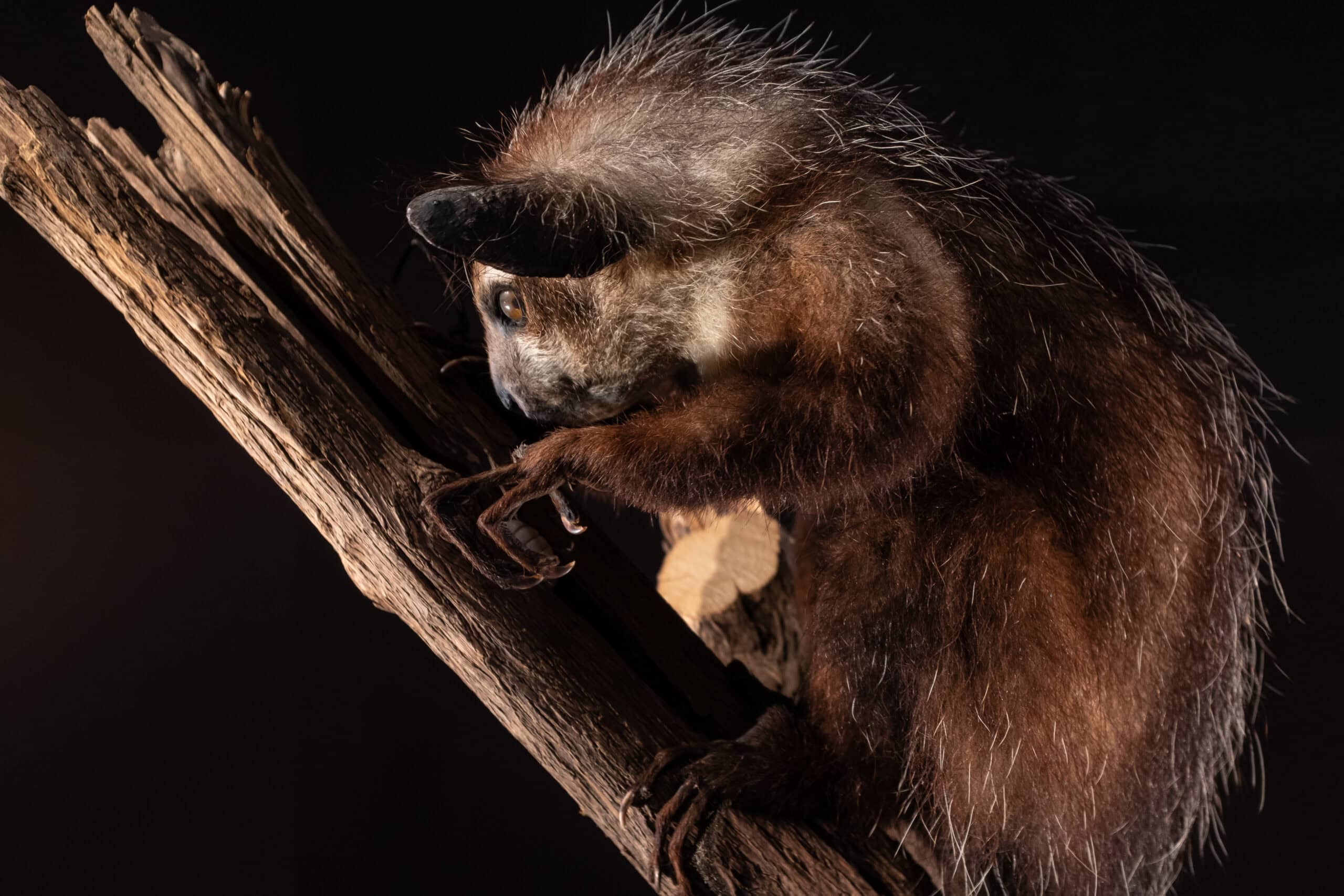
The Aye-Aye, native to Madagascar, sports an elongated middle finger that it uses to extract insects from tree bark. Its large eyes and bat-like ears give it an eerie appearance, perfect for its nocturnal lifestyle. This primate’s unique foraging method involves tapping on wood to locate hollow areas where insects hide. Besides its unusual hunting technique, the Aye-Aye is also noted for its rodent-like teeth, which continuously grow and are used for gnawing wood. The Aye-Aye’s role in local folklore and myths often portrays it as a harbinger of bad luck, leading to threats from superstitious hunting.
Platypus (Ornithorhynchus anatinus)
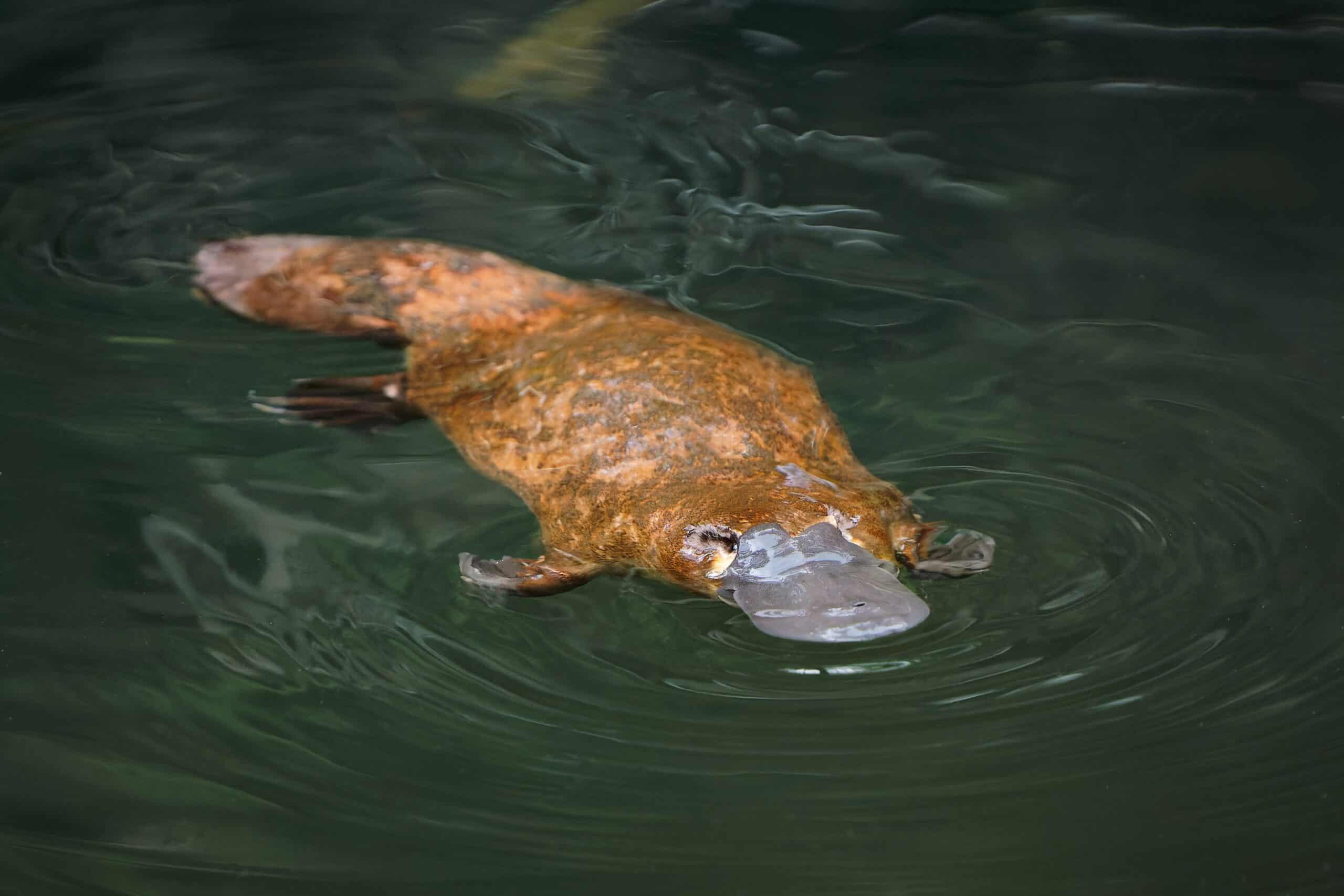
The platypus is a fascinating creature found in Australia, combining features of birds, mammals, and reptiles. Its duck-like bill, webbed feet, and beaver-like tail are just a few of its unique traits. Males possess venomous spurs on their hind legs, adding another layer of intrigue. The platypus is one of the few egg-laying mammals, blending a mix of traits that baffle scientists to this day. It uses electroreception to locate prey underwater, closing its eyes, ears, and nose, relying solely on electrical signals. This blend of characteristics made the first European naturalists think the platypus was a hoax.
Star-Nosed Mole (Condylura cristata)
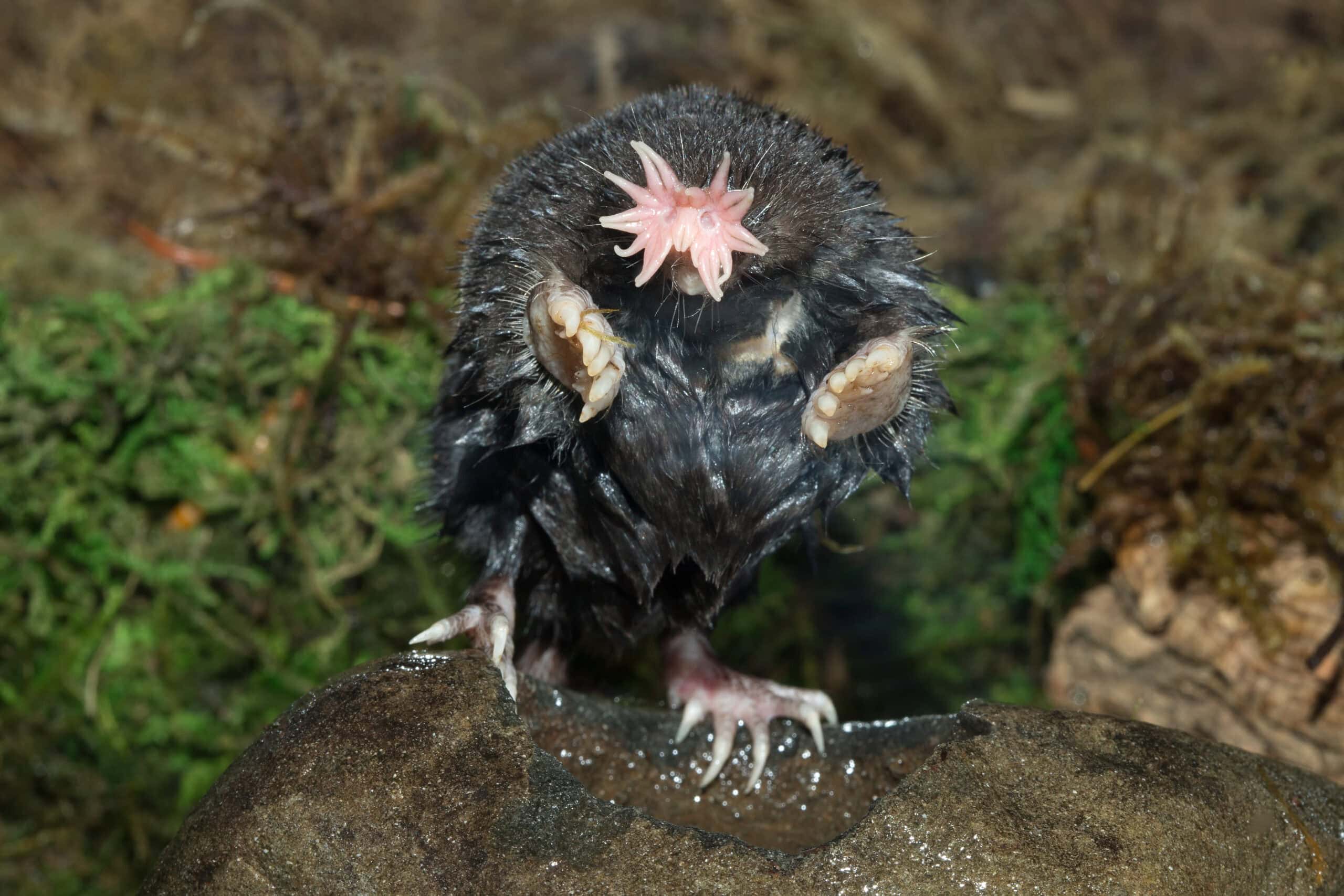
The star-nosed mole, native to North America, is easily recognizable by the 22 pink, fleshy tentacles around its nose. These tentacles are highly sensitive touch organs, allowing the mole to detect prey quickly. This mole can identify and consume food faster than any other mammal, making it an exceptional hunter. Its star-shaped nose is a perfect adaptation for its subterranean lifestyle. The mole’s tentacles are among the most sensitive touch organs found in the animal kingdom, with over 25,000 sensory receptors. This adaptation enables the mole to hunt efficiently in complete darkness.
Narwhal (Monodon monoceros)
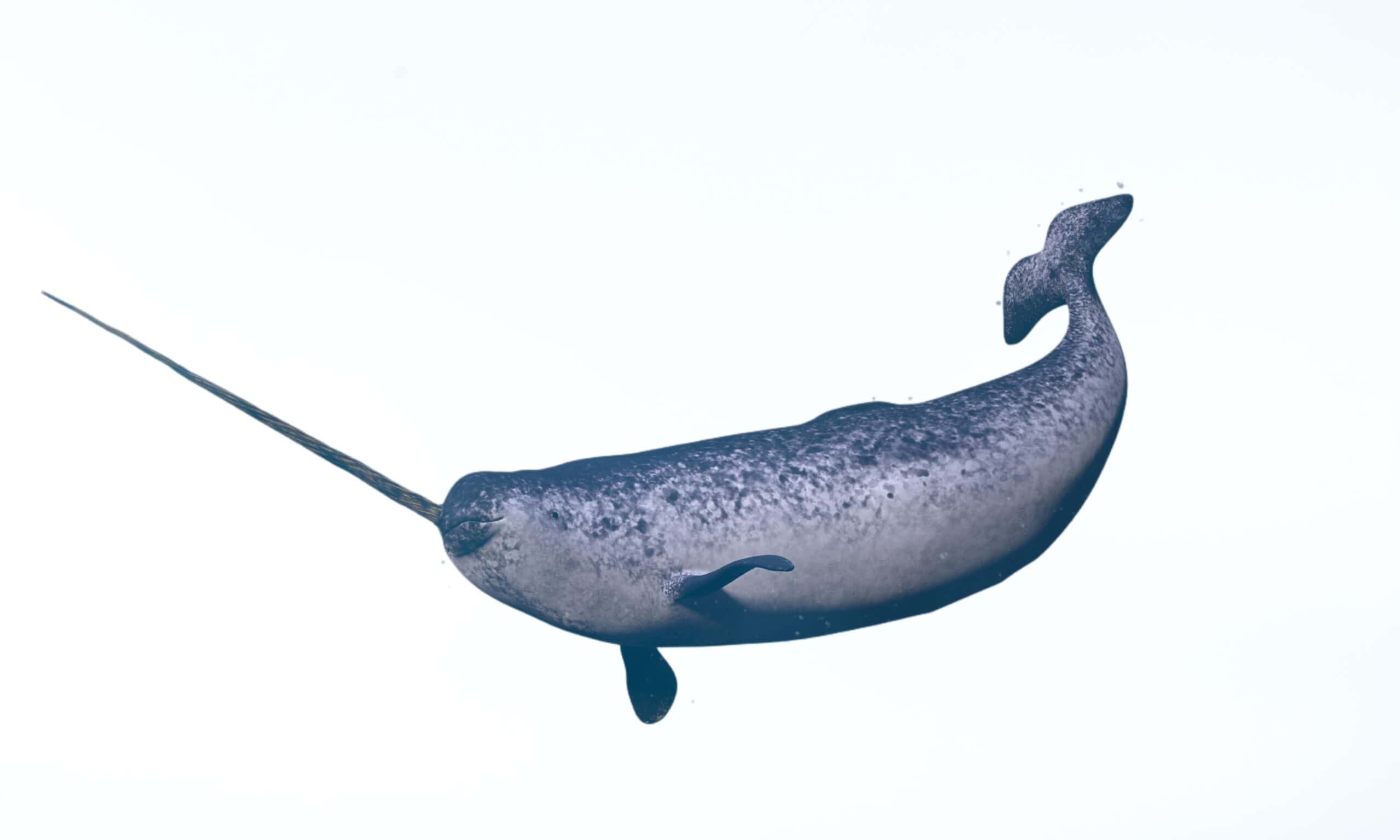
Often referred to as the “unicorn of the sea,” the narwhal lives in Arctic waters. It is famous for its long, spiral tusk, which is actually an elongated upper left canine tooth. This tusk can grow up to 10 feet long and is used for sensing the environment and possibly for social interactions. Narwhals are well adapted to their icy habitats, with their unique tusks adding to their mystique. Recent studies suggest that the tusk is packed with nerve endings, allowing narwhals to detect changes in their environment, such as temperature and salinity. Narwhals are also notable for their complex vocalizations, which help them navigate and communicate in the Arctic waters.
Saiga Antelope (Saiga tatarica)
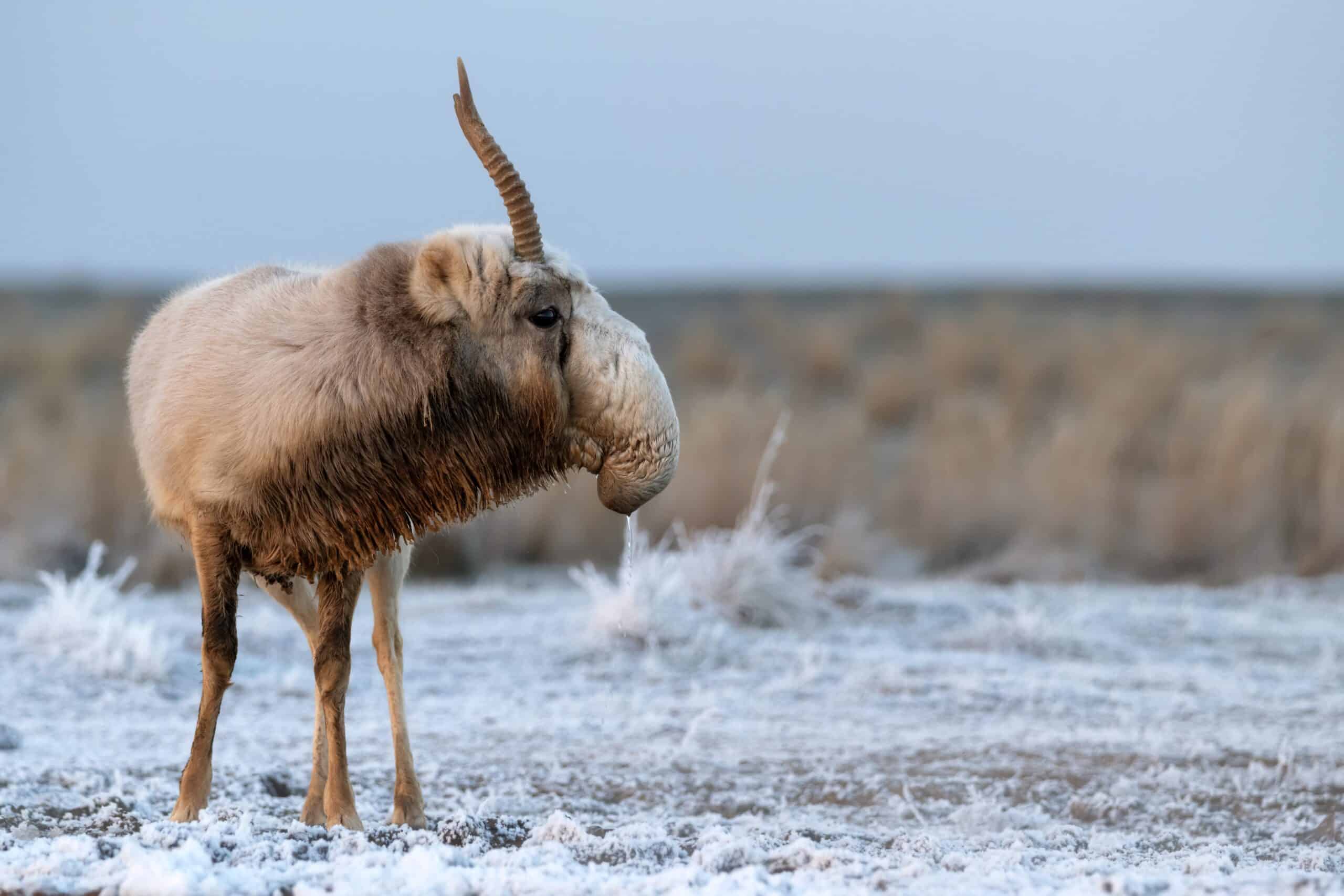
The Saiga Antelope, found in the Eurasian steppes, has a distinctive bulbous nose that filters dust and cools the blood. This adaptation is crucial for surviving in the harsh, dusty environments of its habitat. Unfortunately, the saiga is critically endangered due to habitat loss and poaching. Its bizarre nose and resilient nature highlight its unique place in the animal kingdom. The saiga’s nose also helps to humidify the dry air they breathe, making their respiration more efficient in arid climates. Conservation efforts are ongoing, with international cooperation aimed at protecting this unique species from extinction.
Proboscis Monkey (Nasalis larvatus)
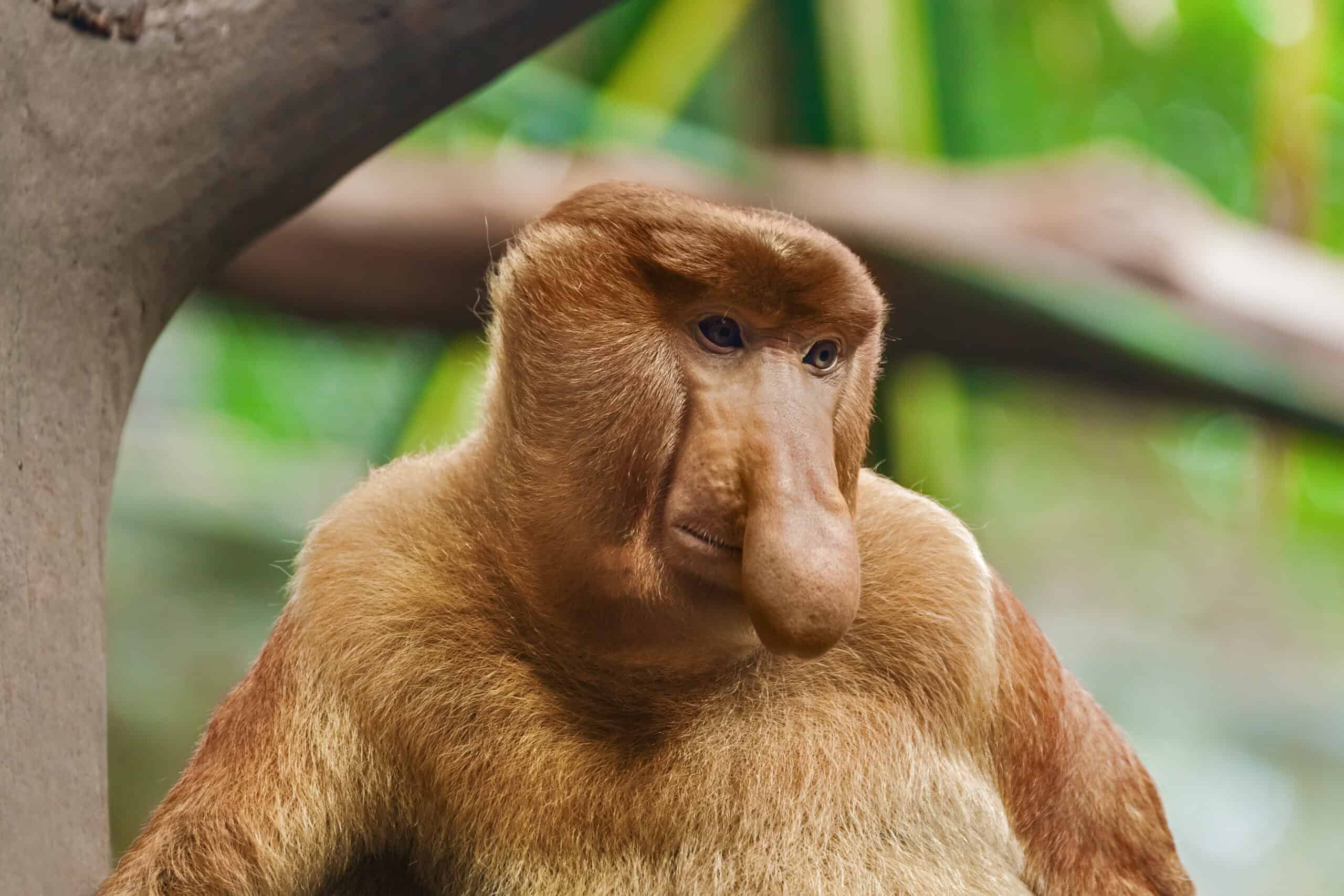
The proboscis monkey has a large, distinctive nose that hangs over its mouth, which is more pronounced in males. This feature is used to attract females and enhance vocalizations. They have long, pot-bellied bodies and webbed feet, aiding in swimming. These monkeys are native to Borneo’s mangrove forests and coastal areas. They are excellent swimmers, often leaping into water to escape predators. Their diet mainly consists of leaves, seeds, and fruits, and they live in groups known as harems.
Pink Fairy Armadillo (Chlamyphorus truncatus)
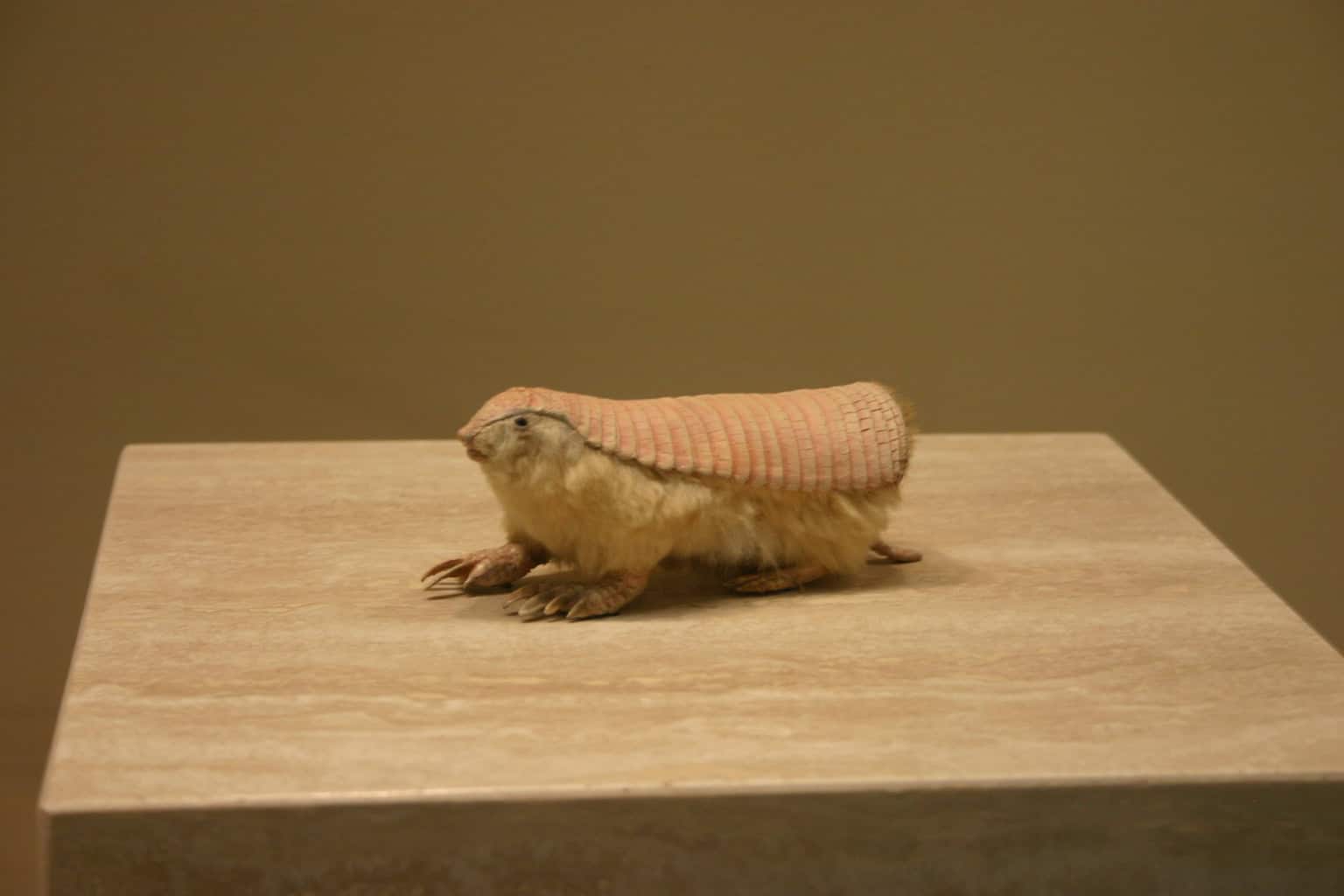
The pink fairy armadillo is the smallest armadillo species, measuring about six inches long. It has a distinctive pink shell and a furry underside, providing insulation. This armadillo burrows quickly, disappearing underground in seconds to evade predators. Originating from Argentina, this nocturnal creature lives in dry grasslands and sandy plains. It feeds on insects, worms, and plant matter, using its strong claws to dig for food. The pink fairy armadillo’s fragile and unique appearance makes it a fascinating subject of study.
Babirusa (Babyrousa babyrussa)
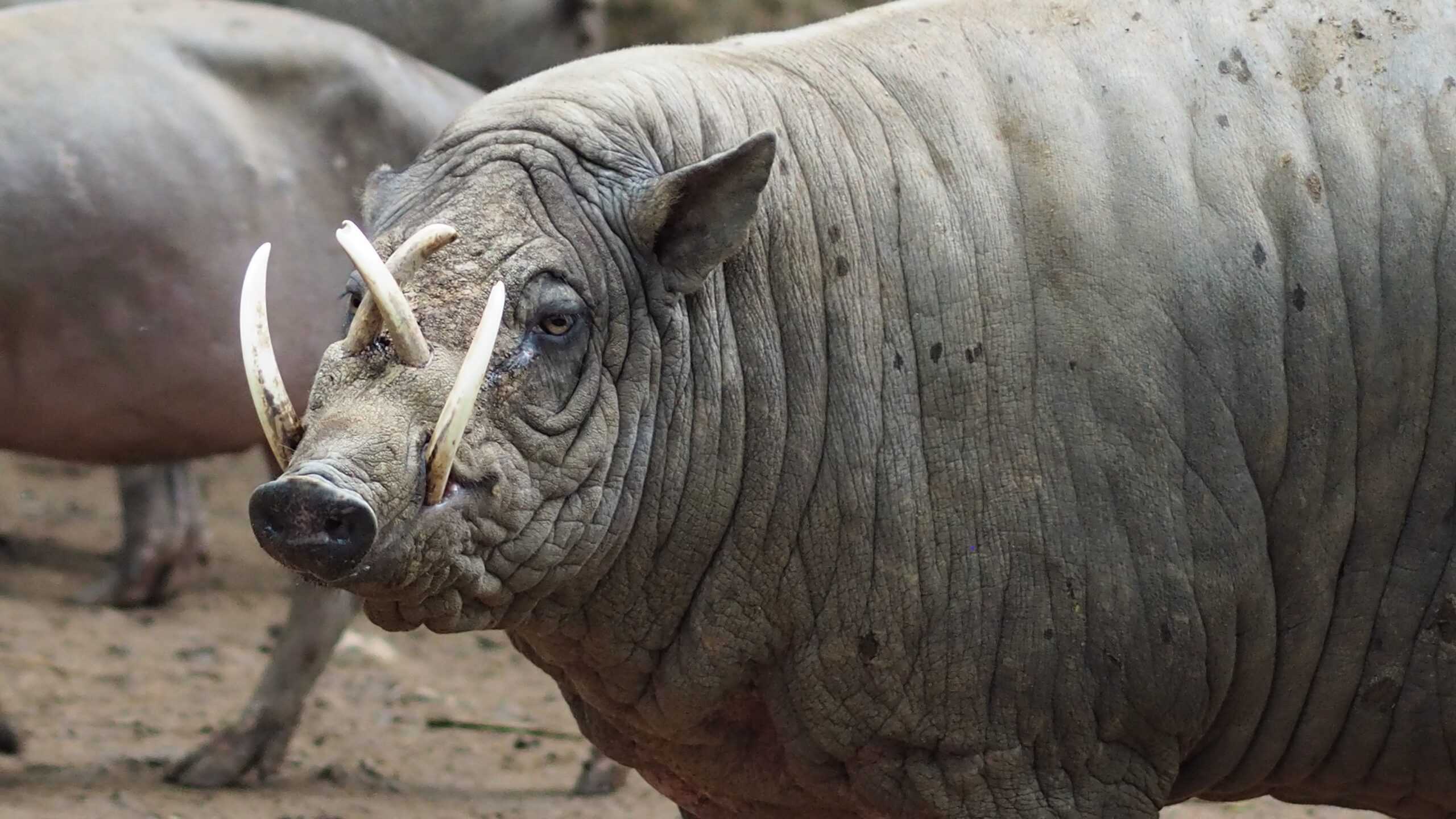
The babirusa stands out due to its long, upward-curving tusks that grow through the skin of its snout. These tusks can even curve back towards the forehead, creating a striking and somewhat fearsome appearance. Males use their tusks in fights for dominance and for digging. Found on Indonesian islands, babirusas inhabit forests and swamps. They are omnivores, consuming plants, fruits, and small animals. Their unique tusks, along with their pig-like body and deer-like legs, contribute to their bizarre look and fascinating biology.
Maned Wolf (Chrysocyon brachyurus)
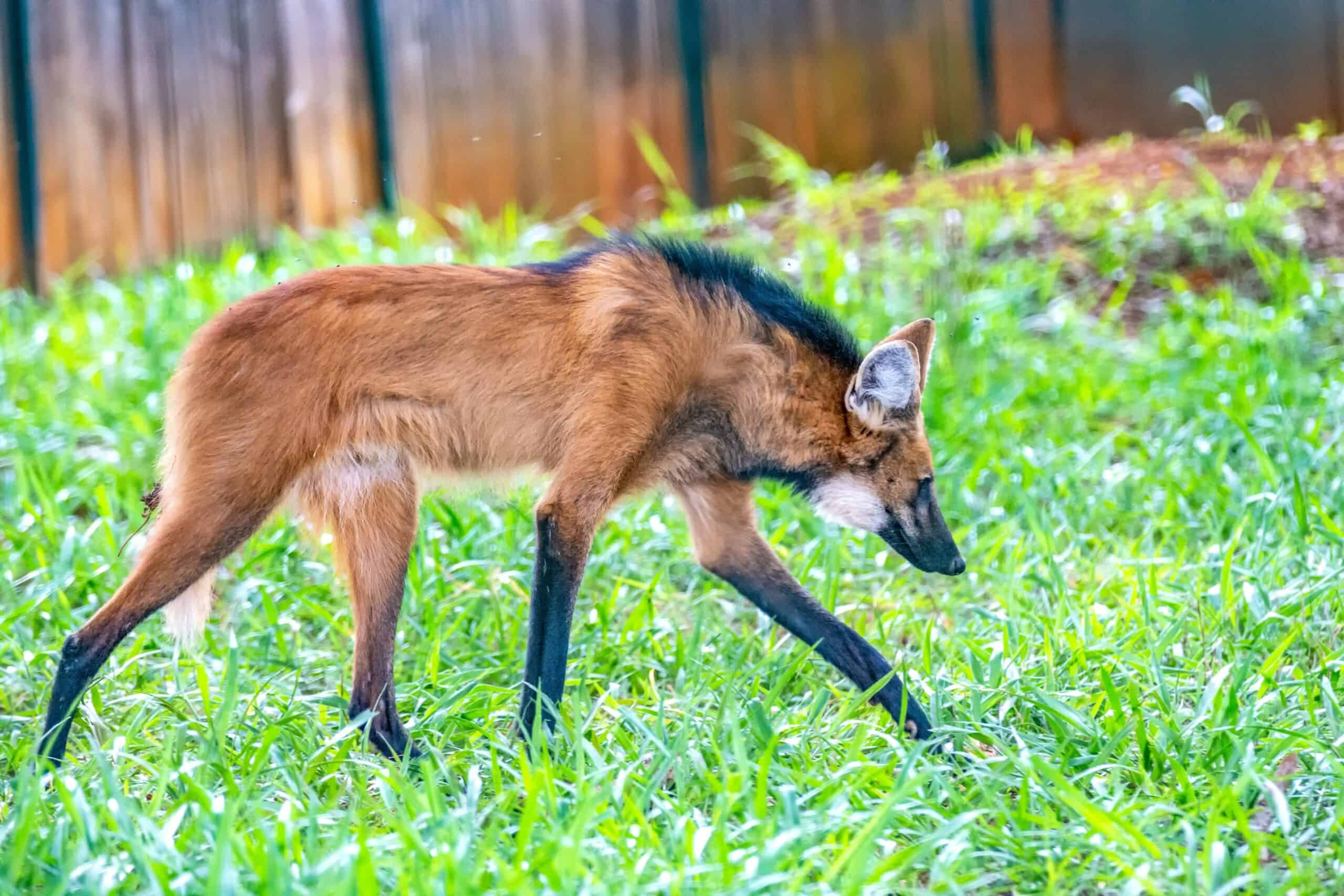
The maned wolf has long legs and a red fur coat with a distinctive black mane running down its back. Its long legs help it navigate tall grass in its habitat, giving it a stilt-like appearance. Despite its name, the maned wolf is not closely related to foxes or wolves but is in its own unique genus. Originating from South America, particularly in Brazil, Paraguay, and Argentina, maned wolves inhabit grasslands and scrub forests. They are omnivorous, with a diet that includes fruits, vegetables, and small animals, including rodents and birds. Their striking appearance, combined with their distinctive, musky odor, makes them one of the most unique canids.
Dugong (Dugong dugon)

The dugong is a large marine mammal found in warm coastal waters from East Africa to Australia. It has a unique, paddle-like tail and a downturned snout ideal for grazing on seagrass beds. Dugongs can grow up to 3 meters long and weigh over 400 kilograms. What makes the dugong bizarre is its gentle nature and appearance, which has inspired mermaid legends. They can hold their breath for up to six minutes and communicate using chirps and whistles. Dugongs have a low reproductive rate, giving birth to one calf every 3 to 7 years, making their conservation critical.
Okapi (Okapia johnstoni)
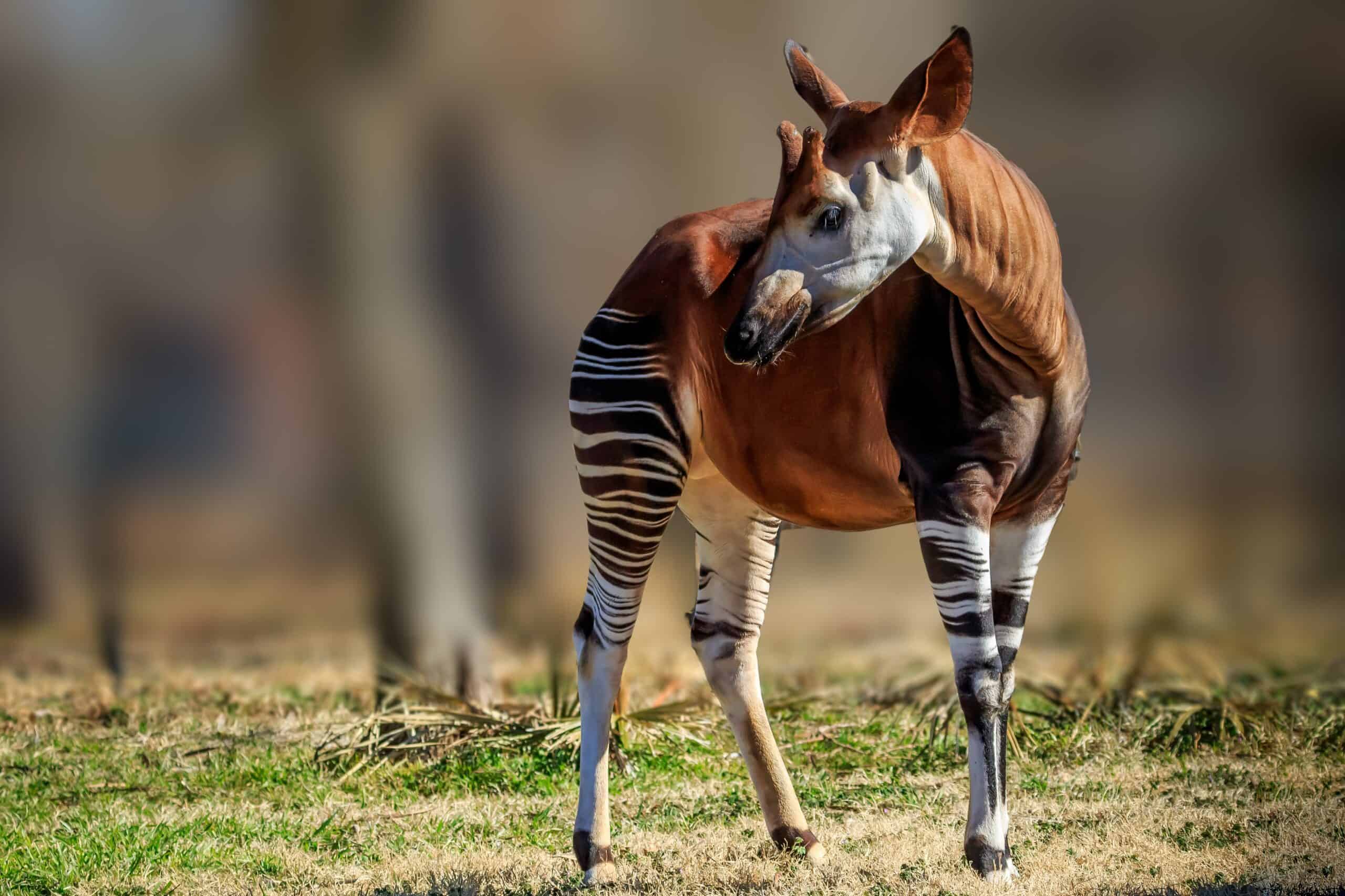
The okapi, often called the “forest giraffe,” is native to the dense rainforests of the Congo. It has a long neck and striking zebra-like stripes on its legs. Despite its giraffe relatives, it was only discovered by Western scientists in the early 20th century. This mammal’s bizarre nature comes from its giraffe-like body combined with zebra stripes. Okapis are solitary creatures with a keen sense of hearing to avoid predators. They have a long, prehensile tongue that helps them strip leaves from branches and clean their eyes and ears.
Pangolin (Manis spp.)
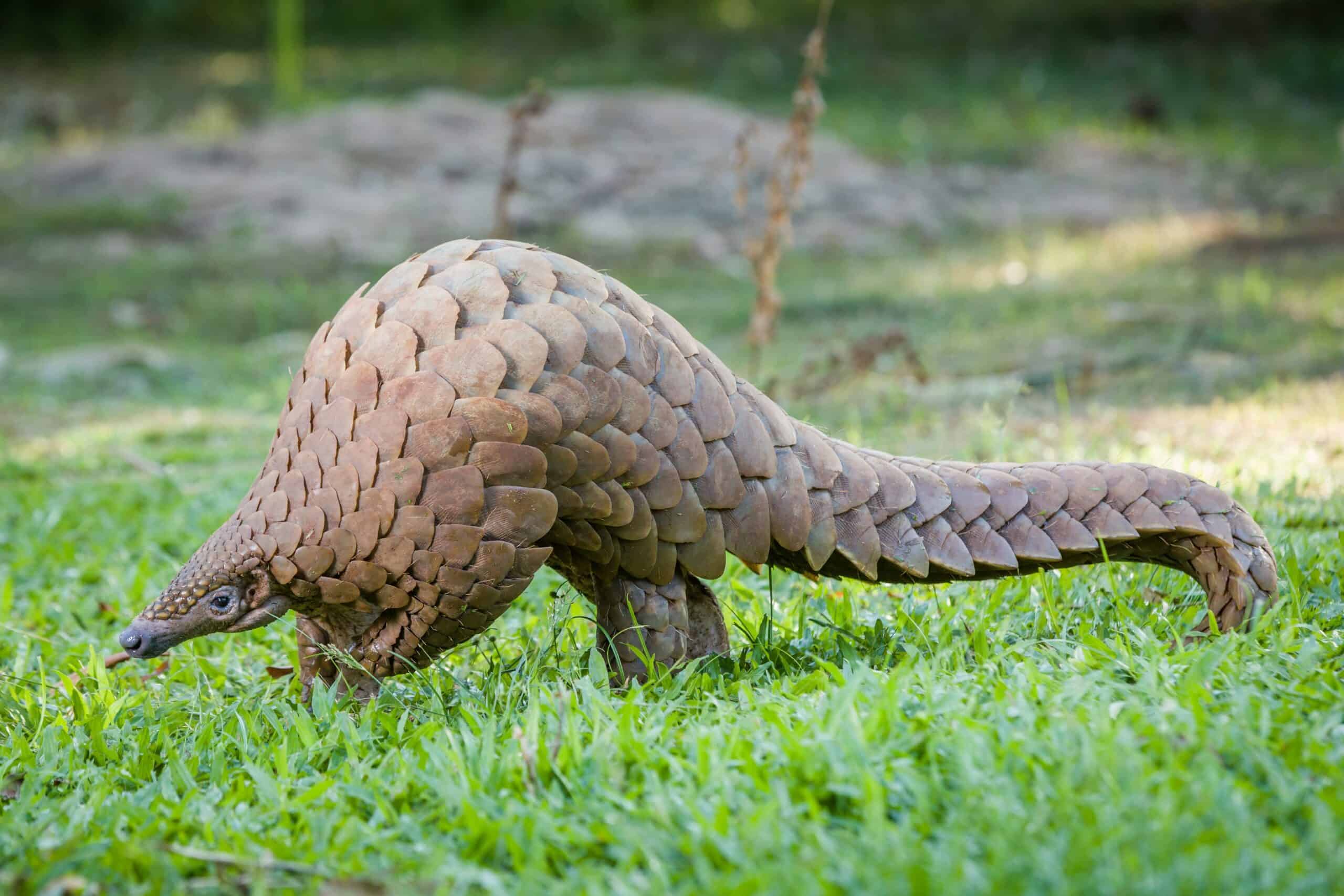
Pangolins are covered in hard, overlapping keratin scales, making them unique among mammals. Found in Africa and Asia, these nocturnal creatures have long, sticky tongues to catch ants and termites. They are adept burrowers and can close their ears and nostrils to keep out dirt and insects. Their bizarre defense mechanism involves curling into a tight ball, using their scales as armor. Despite their unusual appearance, pangolins face threats from poaching and habitat loss. They are the most trafficked mammals in the world, with their scales sought after for traditional medicine.
Naked Mole-Rat (Heterocephalus glaber)

The naked mole-rat is a hairless rodent native to East Africa. It has a social structure similar to that of ants and bees, with a single breeding queen. They live in extensive underground burrows and are almost blind, relying on their sense of touch and smell. Bizarrely, naked mole-rats can survive low oxygen levels and are resistant to cancer. Their wrinkled, almost translucent skin and powerful jaws set them apart from other rodents. They can also live for over 30 years, an unusually long lifespan for a rodent.
Fossa (Cryptoprocta ferox)

The fossa is Madagascar’s largest carnivorous mammal, resembling a small cougar. It has semi-retractable claws and flexible ankles, making it an agile climber. Fossas have a slender body, muscular limbs, and a long tail that aids in balance. This predator’s bizarre features include its cat-like appearance and hunting prowess. Fossas are solitary and play a crucial role in controlling the lemur population. They have a unique mating system where females mate with multiple males, often leading to intense competition.
Markhor (Capra falconeri)
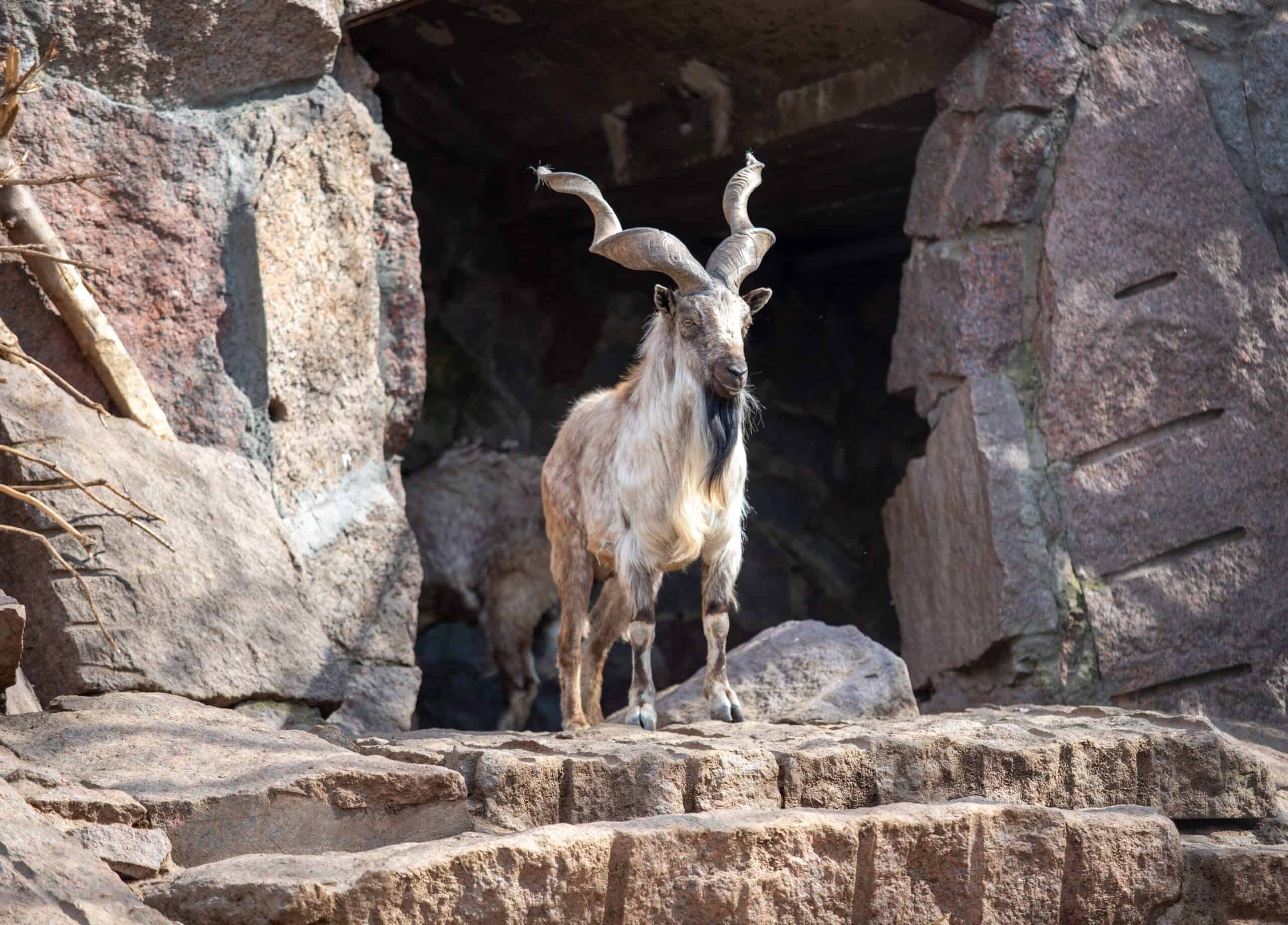
The markhor is a wild goat native to Central Asia, recognizable by its long, spiraling horns. It inhabits rugged mountain terrain, displaying remarkable climbing abilities. Markhors are well-adapted to steep, rocky environments and can be found at elevations up to 3,600 meters. Its bizarre horns can grow over a meter long and are used in dominance battles. The markhor’s distinctive appearance has made it a target for hunters and conservationists alike. Conservation efforts have helped increase their population, but they remain endangered due to habitat loss and hunting.
Tarsier (Tarsius spp.)
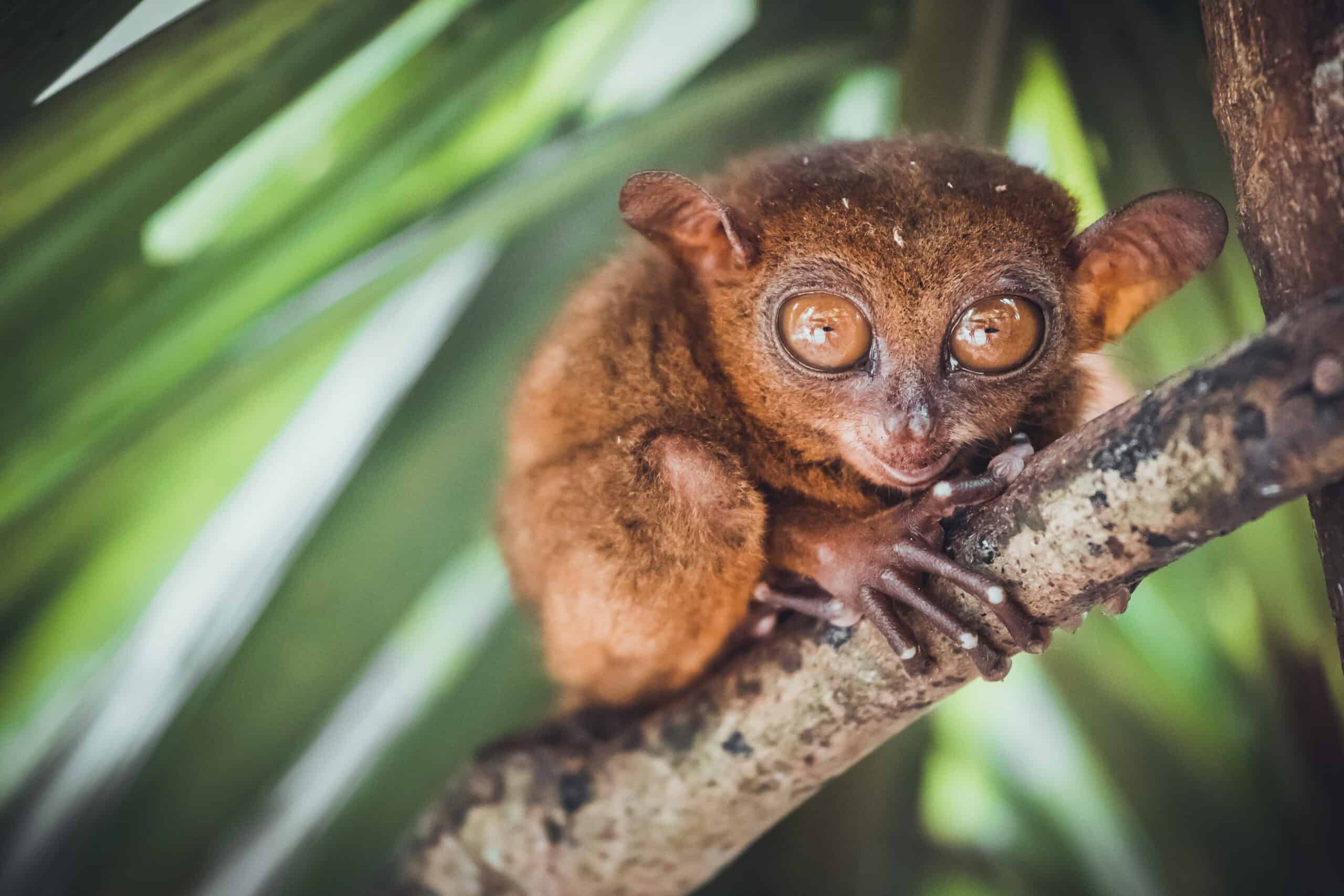
Tarsiers are small primates found in Southeast Asia, known for their enormous eyes. These eyes provide excellent night vision for their nocturnal hunting activities. Tarsiers are among the smallest primates, with some species weighing less than 150 grams. Bizarrely, tarsiers can rotate their heads almost 180 degrees, much like owls. Their elongated fingers and toes help them leap between trees with ease, making them adept hunters. Tarsiers primarily feed on insects but can also eat small birds and reptiles, using their sharp teeth to catch prey.
This article originally appeared on Rarest.org.
More from Rarest.org
1945 Wheat Penny Value Guide

The Lincoln cent, also known as the Lincoln penny, has a face value of $0.01. The production of this coin began in 1909. Read More.
1958 Franklin Half Dollar Value Guide

The 1958 Franklin Half Dollar is produced in 90 percent silver and 10 percent copper. The exact composition was used for the fifty-cent piece since the U.S. Mint struck it from 1948 to 1963. Read More.
1955 Roosevelt Dime Value Guide

The 1955 Roosevelt dime is 90% silver and 10% copper. That’s why this should be part of your list if you’re looking to add a silver coin to your collection. The Jefferson dime issued from 1946 to 1964 has silver content. Read More.
